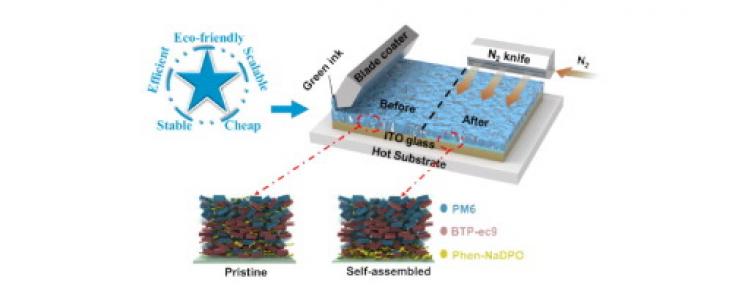Handbook of Artificial Intelligence Techniques in Photovoltaic Systems: Modeling, Control, Optimization, Forecasting and Fault Diagnosis, 2022, Pages 149-182
Felix A. Diawuo, Roland Teye Amanor, Chapter 2 - Need for pumped hydro energy storage systems, Editor(s): Amos T. Kabo-Bah, Felix A. Diawuo, Eric O. Antwi, Pumped Hydro Energy Storage for Hybrid Systems, Academic Press, 2023, Pages 23-41, ISBN 9780128188538


Miguel Amado, Francesca Poggi, Chapter 1 - Cities Evolution, Editor(s): Miguel Amado, Francesca Poggi, Sustainable Energy Transition for Cities, Elsevier, 2022, Pages 1-17, ISBN 9780128242773, https://doi.org/10.1016/B978-0-12-824277-3.00002-5.
